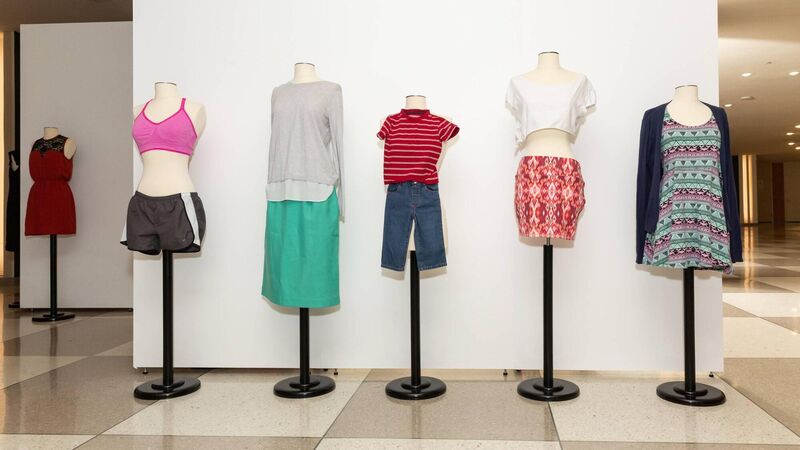Why we have to stop asking sexual assault victims 'what were you wearing?'

Does this look like justification for sexual assault to you? Pic: Indie Studios NYC
If you were robbed, would you expect to be asked what type of underwear you were wearing at the time of the incident?
You would not because your clothing didn’t influence the crime. Yet survivors of rape and sexual assault say the question, “What were you wearing?” is asked of them.

Celebrating 25 years of health and wellbeing








